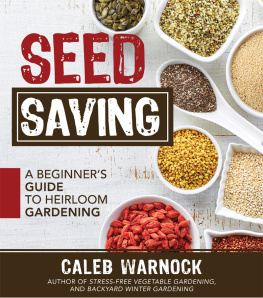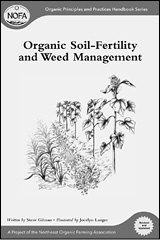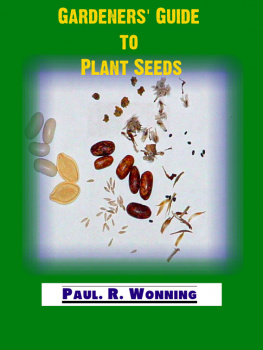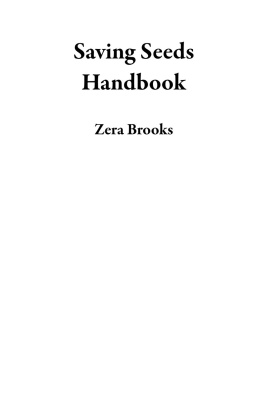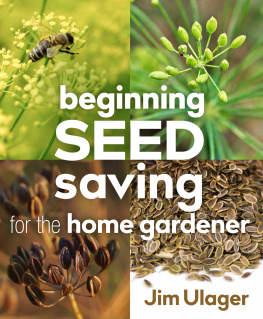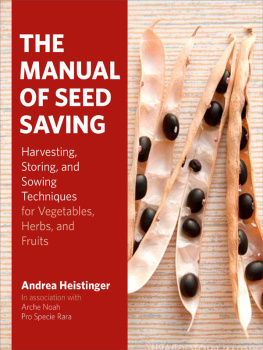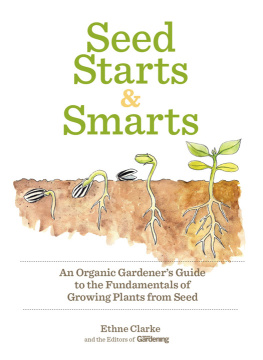
THE
MANUAL
OF SEED
SAVING
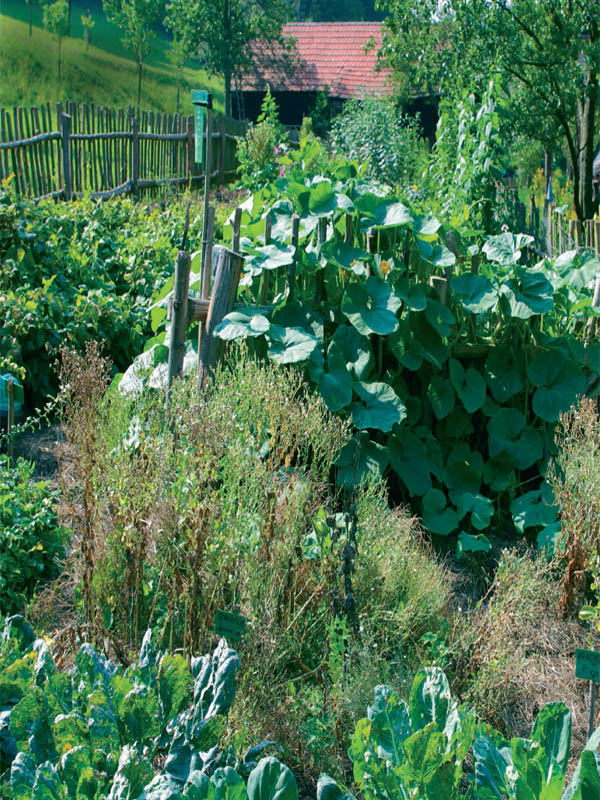
THE
MANUAL
OF SEED
SAVING
Harvesting,
Storing,
and Sowing
Techniques
for Vegetables,
Herbs, and Fruits
Andrea Heistinger
In association with
Arche Noah
Pro Specie Rara
translated by Ian Miller
Timber Press Portland | London
Frontispiece: Lukas Heilingsetzers polyculture garden, Austria.
Polycultures help crops outcompete weeds and are in and of themselves more stable ecosystems.
Copyright 2003, 2010 by Loewenzahn.
Andrea Heistinger/Beate Koller/Pro Specie Rara: Handbuch Samengrtnerei. Sorten erhalten. Vielfalt vermehren. Gemse geniessen .
Loewenzahn Verlag in der Studienverlag Ges.m.b.H., Innsbruck-Wien 2004.
English-language edition copyright 2013 by Timber Press, Inc.
All rights reserved.
Published in 2013 by Timber Press, Inc.
| The Haseltine Building | 2 The Quadrant |
| 133 S.W. Second Avenue, Suite 450 | 135 Salusbury Road |
| Portland, Oregon 97204-3527 | London NW6 6RJ |
| timberpress.com | timberpress.co.uk |
Book design by Susan Applegate
Printed in China
Library of Congress Cataloging-in-Publication Data
Heistinger, Andrea.
[Handbuch Samengrtnerei. English]
The manual of seed saving: harvesting, storing, and sowing techniques for vegetables, herbs, and fruits/Andrea Heistinger; Arche Noah, Pro Specie Rara; translated by Ian Miller.English-language ed.
p. cm.
Translation of: Handbuch Samengrtnerei. Sorten erhalten. Vielfalt vermehren. Gemse geniessen.
Includes bibliographical references and index.
ISBN 978-1-60469-382-9
1. VegetablesSeeds. 2. VegetablesPropagation. 3. VegetablesVarieties. 4. Vegetable gardening. I. Arche Noah. II. Pro Specie Rara (Foundation) III. Title.
| SB324.75.H4513 2013 |
| 635dc23 | 2012050582 |
A catalog record for this book is also available from the British Library.
CONTENTS
wheat, rye, oats, barley,
bush bean, pole bean,
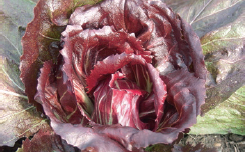
Radicchio
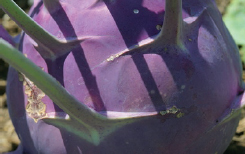
Kohlrabi
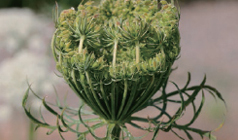
Carrots
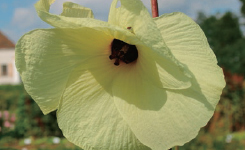
Mallow
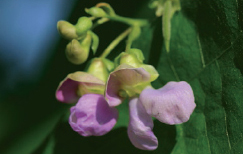
Pole beans
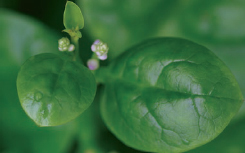
Malabar spinach

Poppyseed
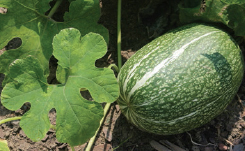
Fig-leaf gourd
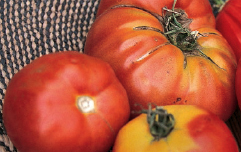
Tomatoes
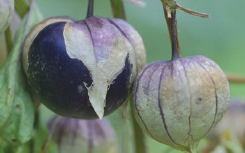
Tomatillo
ACKNOWLEDGMENTS
THANKS TO
contributors to the entire book: Beate Koller and Peter Zipser (Arche Noah); Kurt Eichenberger (Pro Specie Rara)
contributors to individual chapters: Peter Lassnig and Penny Lichtenecker (Arche Noah); Bernd Horneburg, Ludwig Watschong, Quirin Wember, Reinhard Ehrentraut, Friedmunt Sonnemann, and Gerald Krebs (Dreschflegel); Andreas Emmerling-Skala and Ursula Reinhard ( VEN )
Pat and Markus Meier, who made the publishing of this book possible
Loewenzahn Verlag, and especially Eva Simeaner, for their dedicated support
all those who have done so much to document crop diversity and promote seed propagation, especially Nancy Arrowsmith and Bernward Geier
Peter Zipser, who, as head of Arche Noahs preservation gardens, has gained vast knowledge of the cultivation of innumerable species and varieties, which represented an important basis for this book
Sativa (Amadeus Tschunke), ReinSaat (Reinhild Frech-Emmelmann), Rebekka Herzog, and Lukas Heilingsetzer, for all the beautiful photos they allowed us to take in their gardens
Thomas Gladis, for consulting on scientific names and pollination
Robert Holenweger, gardener at Schlossgarten Wildegg, for his tireless efforts in advising us on the photographs contained in this book
Stefan Emmelmann and Markus Zuber, for making portraits of plants with camera and pencil
gardeners all, who over millennia helped develop the crop diversity described in this volume
FOREWORD
IT HAS NOW BEEN FIVE YEARS since the first edition of The Seed Savers Handbook was published, and we look back with pride on what has happened since. The Deutsche Gesellschaft fr Gartenbau (the German equivalent of the UKs Royal Horticultural Society) named the Handbook its Book of the Year in 2005; over 10,000 copies have been sold; it has been released in paperback, a Swedish translation is underway, and other translations are being planned. This is a huge success for a nonfiction book, and it goes to show the renewed enthusiasm for a topic even now occasionally dismissed as antiquated: propagating your own garden seed.
For Arche Noah (Noahs Ark) and Pro Specie Rara (literally, for rare species), this nearly lost knowledge is a precious treasure; and both nonprofits (Austrian and Swiss, respectively) view the continued development of crop plants as being in grave danger without it. We would like to empower all farmers and gardeners, to help them see themselves, once more, as those who create the nutritious foods of our futureas people who, literally and figuratively, take seed back into their own hands.
Up until a few decades ago, gardeners did not think twice about propagating their own seed. Every pea that you hold in your hand is the end link of a chain of food, propagation, and breeding that stretches back many millennia. Professional plant breeding broke this chain, through hybridizing, genetic modification, and other highly specialized breeding methods. It is impossible under normal conditions to develop new varieties from plants bred in these ways. Thus, gardeners have slowly been dispossessed of a common good and basic raw material.
It is our hope that this book continues to help ensure our reconnection with heirloom varieties and that once again, farmers and gardeners confidently take responsibility for propagating the plants that nourish us all. So have fun experimenting! And dont forget: the only thing more wonderful than propagating your own seed is passing it on to others!
B EATE K OLLER , Arche Noah
B LA B ARTHA , Pro Specie Rara
FOREWORD to the first edition
WE HAVE WRITTEN this book to give you clear, practical instructions on how to grow vegetables for seed. And because we would like both beginning and experienced gardeners to benefit from it, we have included not only the relevant rules but also the exceptions that inevitably come up when dealing with living things. It is a practice-oriented approach, based upon long, combined years of experience at Arche Noah and Pro Specie Rara. Chapters on individual crops were supplemented with knowledge gained by VEN (the Verein zur Erhaltung der Nutzpflanzenvielfalt/Association for the Maintenance of Crop Diversity) and Dreschflegel (a German organization similar to Arche Noah and Pro Specie Rara).
Next page

